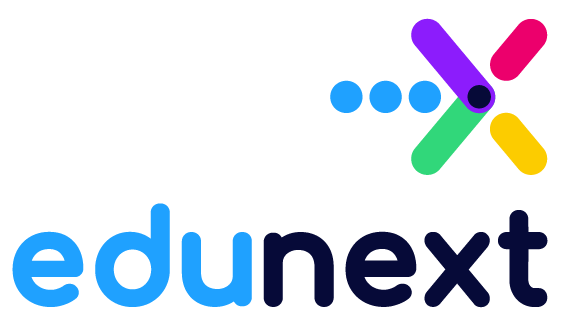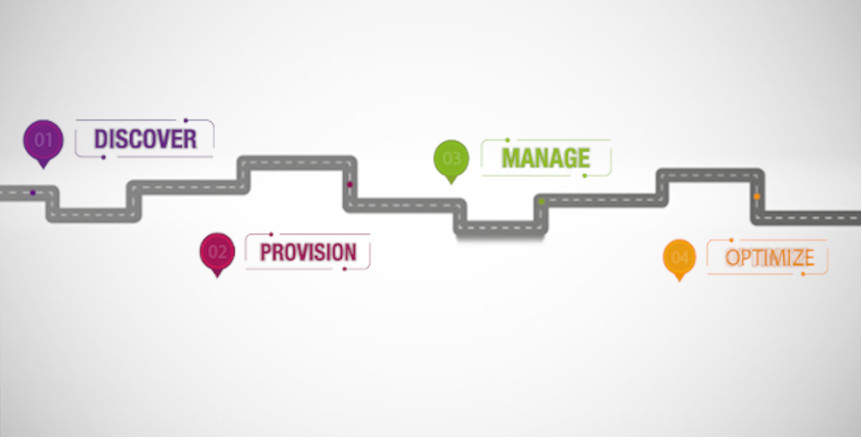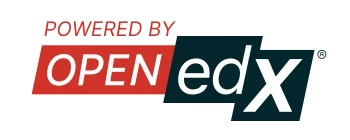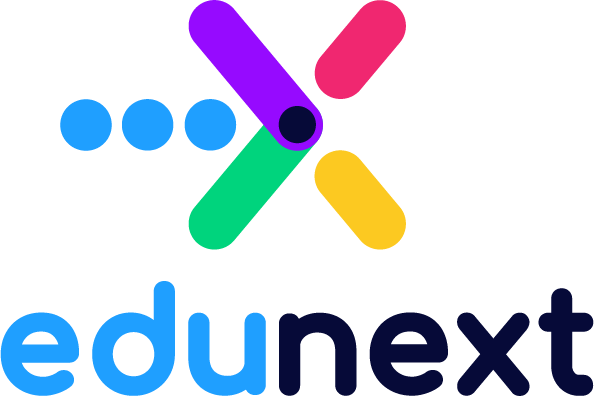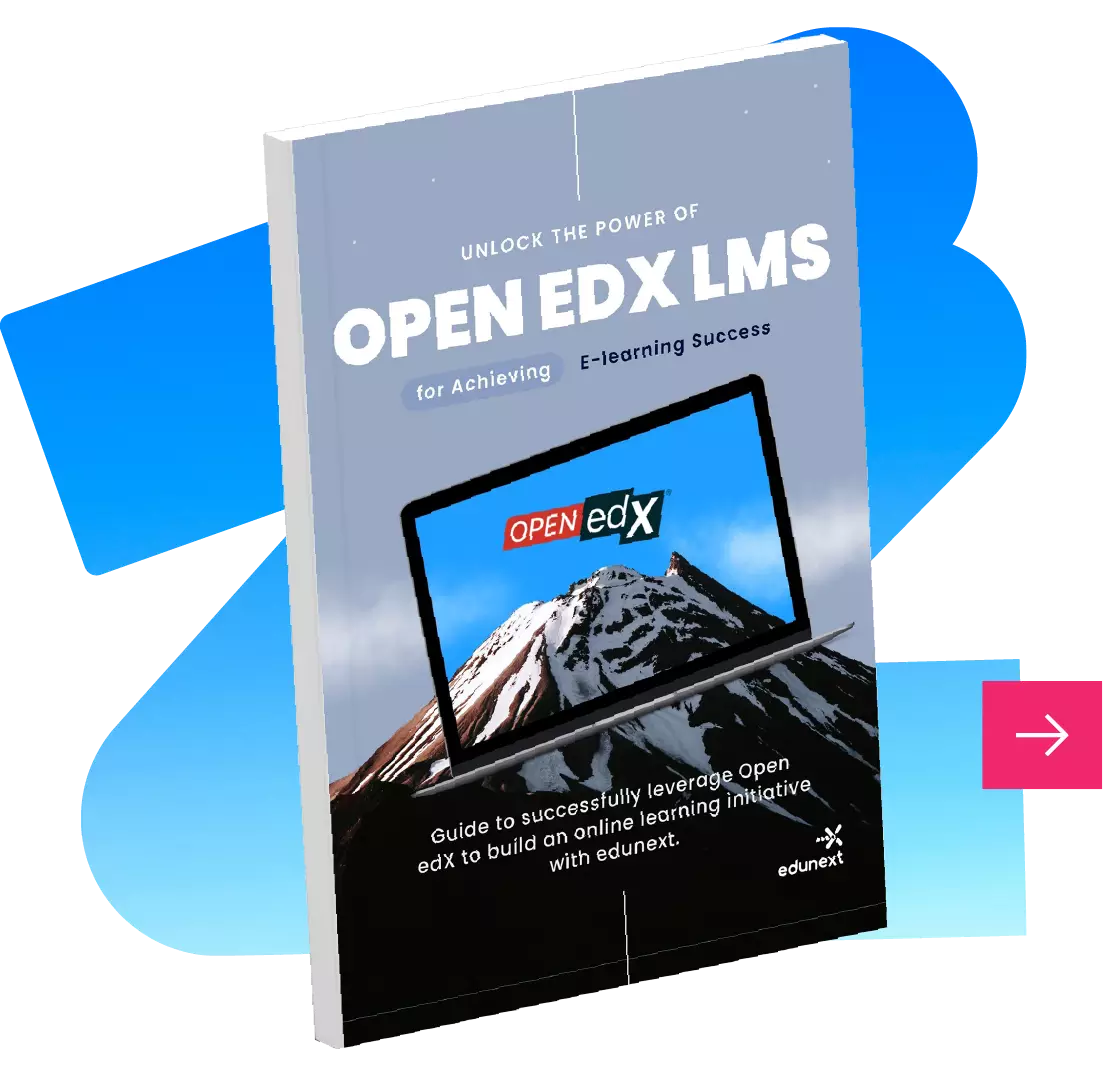Year after year it’s becoming more clear that Online learning has a great potential to truly disrupt industries, help small and large communities and help us face some of the great global challenges of this knowledge age.
The integration of powerful technologies such as big data, artificial intelligence, augmented reality, IoT, and more, not only into our everyday life but also into our learning environments have the power to increase access to education at scale and at the same time improve the quality and the actual learning outcomes of our teaching and learning.
Many online learning initiatives are currently being planned and developed to take advantage of this momentum, but in order to stand out among the wide variety of online courses available, the learning experience has to excel and there are huge challenges to be faced, notably in 3 aspects: technology, learning content creation, and marketing of the resulting product or service.
In this article, we’ll dive into some of those challenges from the perspective of a service provider that has been supporting Open edX based initiatives since 2013 and provide useful insight for organizations and initiatives that are exploring alternatives or adopting the Open edX platform as the technology for their online learning.
Technical challenges of online learning at scale
Operating any kind of online services at the level of quality, availability, security, and performance that users now take for granted, poses significant technological challenges and online learning is no exception.
The Open edX platform is a great solution to address the technological challenges of this kind of endeavor. As explained in more detail in some of the other posts of this blog, it is the platform that powers edX and hundreds of other online learning initiatives worldwide, reaching beyond 45 million learners across a wide variety of scenarios.
Why choose Open edX?
The path to adopting Open edX
eduNEXT is a well-established company dedicated exclusively to Open edX solutions and services. It focuses on helping organizations to learn all they need to know about the Open edX platform and make the best choices in the process of adopting this technology. Its goal is to help organizations overcome the technology challenges fast and cost-efficiently so that they can focus their energy on creating the best learning experiences they possibly can and reach out to their intended markets which are what ultimately will make the greatest impact.
We fully understand the difficulties of the journey to adopt the Open edX technology, which may become barriers of entry or impediments for success for many organizations, so we provide the information, resources, services, and support organized along four stages that we have named: Discover, Provision, Manage and Optimize. Let’s highlight the essentials of each stage:
However, these features, advantages, and dynamics come with significant technological and operational challenges that need to be faced. Moreover, since the initiative business model will not probably be the exact same as edx.org, some of the components may need to be adapted, extended or fully replaced and new components may need to be integrated.
1. Discover
The first stage is all about discovery. Understanding the Open edX from the inside out, getting to know what applications are part of it, which ones are not, what are the available features, how they will meet the particular online learning initiative needs, how its development moves forward, and how the release process works. This is also a stage for experiencing firsthand the Open edX applications, both as a learner and as a course creator or platform admin. In order to help organizations to do that, eduNEXT provides a set of information, resources, and tools, such as our website knowledge base, an Open edX fully featured Demo site and a Sandbox site for everyone to try as well as LITE cloud subscriptions powered by Open edX which are free of charge and come without any time constraints.
2. Provision
When an initiative is ready to get an Open edX instance up and running, there are different ways to provision the Open edX platform. One option will always be facing the documentation and learning by doing with their own IT resources, but for many initiatives; this is not a cost-efficient approach and luckily there are companies like eduNEXT and others ready to assist in a few different ways, both in the “on-premise” or “self-managed” approach and also in the “Cloud-based” or “fully managed” one.
On-premise
The more traditional On-premise or Self-hosting approach involves installing, configuring, and deploying the applications in the organization’s infrastructure, either in an Amazon AWS, MS Azure infrastructure, or a similar cloud provider, or even in privately hosted servers. In this scenario, there is not a “one size fits all” solution and thus it’s very important to select the right applications from the Open edX ecosystem and to design the right services architecture according to the needs of a particular project. Over the years, the eduNEXT team specialized in the Open edX platform has helped a large number of organizations worldwide to adopt and benefit from the Open edX technology using the best industry practices.
As a Service
An alternative, and in many cases, the most convenient approach is the Software as a service or cloud subscription model. In this case, instead of having Open edX installed and configured in the organization’s infrastructure, eduNEXT delivers a fully hosted and managed Open edX site and a range of Open edX applications and exclusive features to power the online learning initiative out of the box. The LMS platform will still be published in the organization’s own domain, but internally, it will be running on eduNEXT elastic cloud infrastructure, which warrants a high level of service, application management, monitoring, data privacy, and IT security. In this kind of scenario, the architecture design, and the challenges related to hosting and scaling dynamically are already taken care of, and most of the Open edX applications and some of the most relevant extensions and integrations will be available from the start, reducing significantly the time to market and the total cost.
3. Manage
Once the platform is up and running, it will basically be an empty container with very few configurations and a basic look and feel, waiting for customizations to be applied, and for the courses to be created and start to run. Some of these processes, especially the configurations and look and feel are not designed to be performed by an inexperienced user, so a certain level of effort and training will be required. In order to bridge that gap, eduNEXT provides an additional Management console that simplifies some of the configurations and management, adds extra branding, content management, and reporting capabilities to allow easy management of the site and courses.
4. Optimize
As the last stage, since online learning initiatives evolve, grow, or specialize, there will always be room for optimization, extension, or integration with other platforms and services. eduNEXT mission is to stand by the initiative to make sure that the requirements and challenges are met effectively and efficiently.
For example, marketing the online courses will always be challenging and the Open edX platform as such is not built to meet all the requirements of a Web content management system (CMS), so it’s very likely that an established online learning initiative will need to be complemented with one dedicated tool for this purpose, in a way that the CMS is integrated with the Open edX platform providing a seamless user experience to its learners.
As proud members of the global Open edX community from the very beginning, eduNEXT is glad to engage with interested organizations to continue these conversations forward in order to enlarge the base of adopters and contribute to making the best online learning technology towards an always improving and more ubiquitous life long learning.
